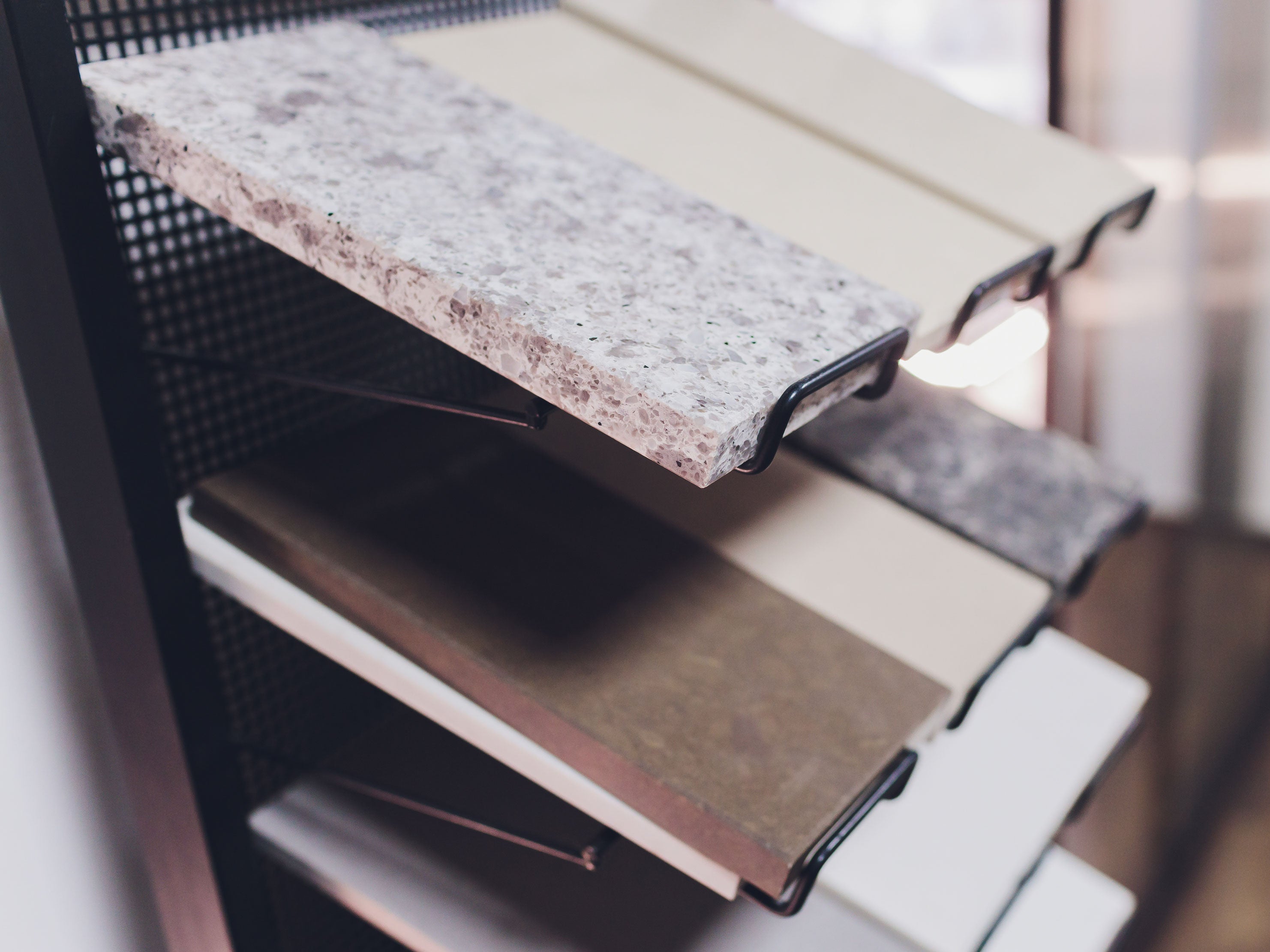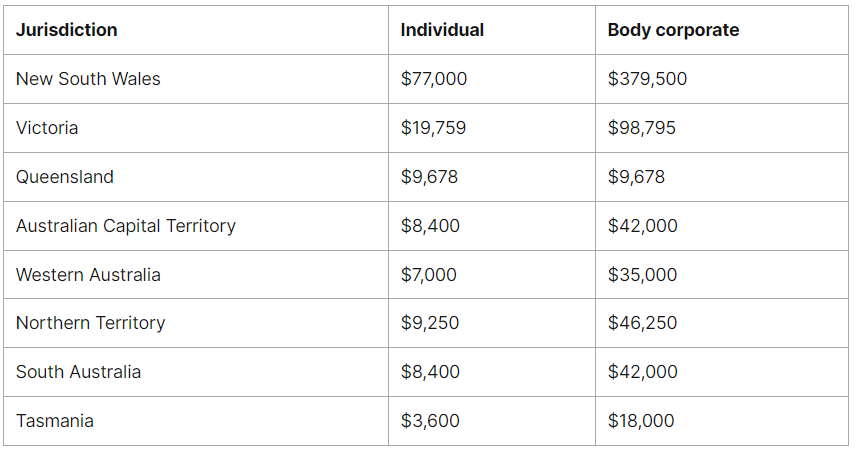10 July 2024
3 min read
#Construction, Infrastructure & Projects
Published by:

The use, supply and manufacture of engineered stone benchtops, panels and slabs are now prohibited across all states and territories in Australia. This ban, which came into effect on 1 July 2024, was announced in March this year following findings that the material contained crystalline silica (commonly referred to as silica) – a substance known to pose significant risks such as silicosis, emphysema and lung cancer when inhaled.
With the exception of Queensland, Victoria and the Australian Capital Territory (which have adopted the ban without a transitional period), all states and territories are implementing transitional arrangements between 1 July 2024 and 31 December 2024. In New South Wales, contracts signed before 31 December 2023 may still install engineered stone products provided all works are completed by 31 December 2024.
Operators who fail to comply with this ban may face heavy penalties, which vary depending on the jurisdiction.
The range of maximum penalties for the use of engineered stone is as follows:

There are a range of other offences relating to the processing of engineered stone benches, walls or slabs, as well as the supply, use or processing of crystalline silica materials generally. The types of offences and amount of their associated penalties also vary by jurisdiction.
Exceptions are provided for disposal, research and analysis, identification testing, as well as for repair, removal and minor modifications to existing installations. In all instances, the activity must be controlled and notified to the regulator in advance.
Control measures comprise the use of personal protection equipment (with specific requirements varying between jurisdictions) and at least one of an effective:
A pathway is also provided to seek an exemption for a particular product, which includes notification and consultation with regulatory stakeholders. The regulator must not grant an exemption unless it is satisfied that granting the exemption will result in a standard of health and safety that is at least equivalent to the standard that would have been achieved without the exemption.
Although the ban creates a clear cutover in terms of permissible use, there are implications for legacy installations for which there is, as yet, no landing, but that will develop as market participants adjust to the ban. For example:
The current ban, limited to engineered stone benchtops, panels and slabs, will be extended to all forms of use, where the product contains at least one per cent of crystalline silica, from 1 September 2024.
If you have any questions about this update, please get in touch with our team below.
Disclaimer
The information in this article is of a general nature and is not intended to address the circumstances of any particular individual or entity. Although we endeavour to provide accurate and timely information, we do not guarantee that the information in this article is accurate at the date it is received or that it will continue to be accurate in the future.
Published by: